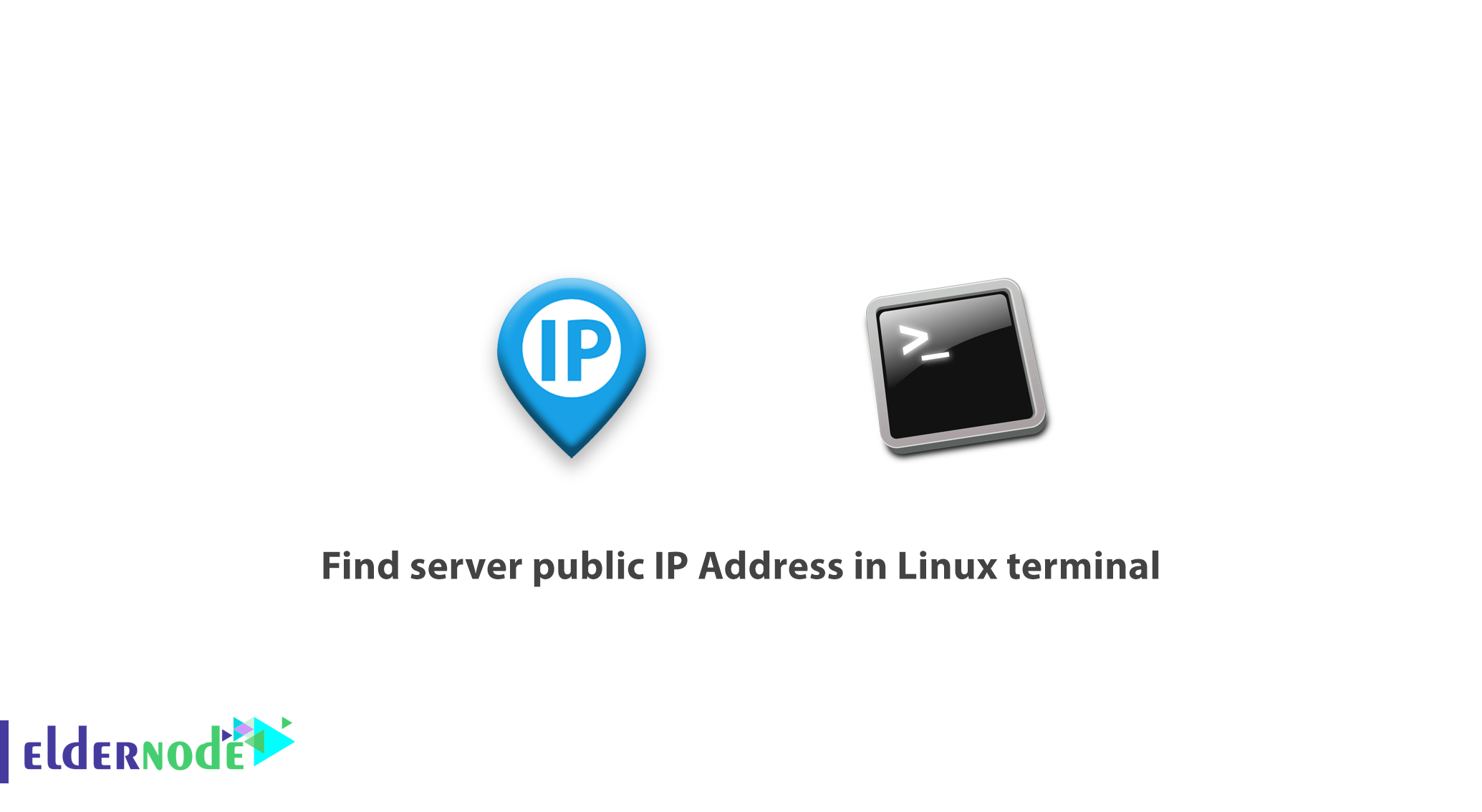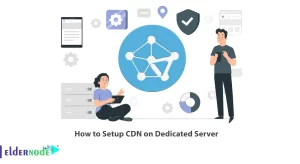
A Linux users needs to know some Linux tricks. In this article, you are going to learn how to find server public IP Address in Linux terminal.
As you know, IP address is a numerical identifier assigned permanently or temporarily to every device connected to a network that uses the Internet Protocol for communication, in computer networking. Identifying a network or hosting on a network is its function. We use two current versions of IP addresses: IPv4 and IPv6. The addresses can be either private or public.
Also, there are two ways a host can be assigned, a static or dynamic IP address, which will be chosen depending on the network configurations.
Table of Contents
How to find server public IP Address in Linux terminal
Let’s walk through the 4 ways, which helps users find their server public IP address.
1. Using dig utility
For probing DNS name servers, you need a utility. So use the opendns.com resolver to find your public IP addresses.
dig +short myip.opendns.com @resolver1.opendns.com 120.88.41.175 2. Using host utility
For carrying out DNS lookups, you need to use a host command. Run the below command to display your system’s public IP address in Linux terminal.
host myip.opendns.com resolver1.opendns.com | grep "myip.opendns.com has" | awk '{print $4}' 120.88.41.1753. Using wget command line downloader
You can use the Wget, as a powerful command-line downloader that supports various protocols like HTTP, HTTPS, FTP, and many more. And also, to find your public IP address, you can use it with third-party websites.
wget -qO- http://ipecho.net/plain | xargs echo wget -qO - icanhazip.com 120.78.58.115 4. Using cURL command-line downloader
One of the most popular tools for uploading or downloading files from a server using any of the supported protocols (HTTP, HTTPS, FILE, FTP, FTPS, and others), is curl. So use the below command to view your public IP address.
curl ifconfig.co curl ifconfig.me curl icanhazip.com 120.78.58.115
Dear user, we hope you would enjoy this tutorial how to find server public IP Address in Linux terminal, you can ask questions about this training in the comments section, or to solve other problems in the field of Eldernode training, refer to the Ask page section and raise your problems in it.




